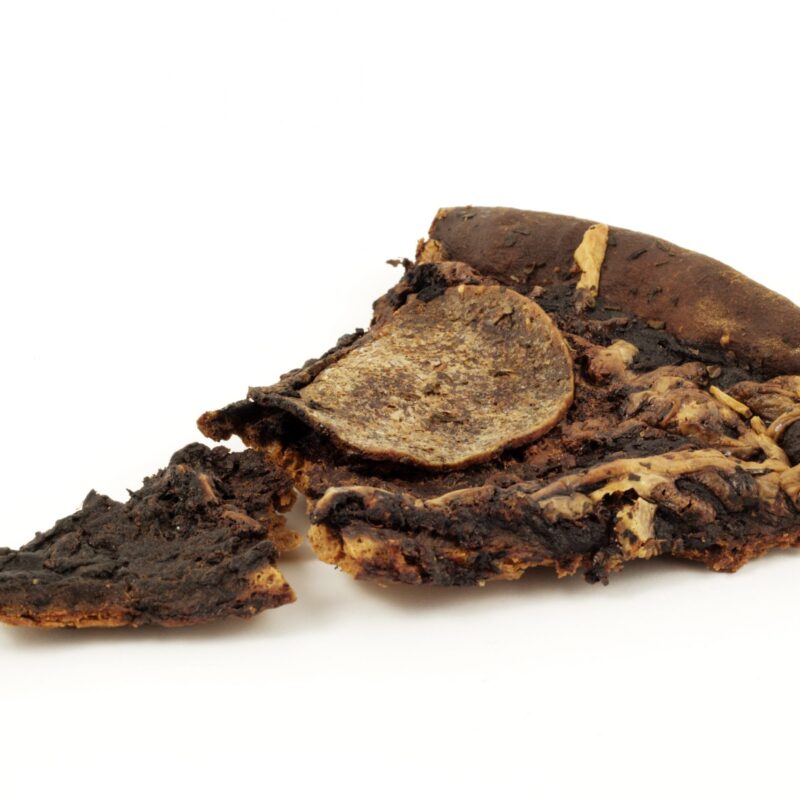| More feature articles:
Playing around with sex ed Grading the presidential candidates on sex ed For more information… |
HPV
Most people infected with HPV will not have any symptoms. HPV infection is caused by human papillomavirus. There are many different types of this particular virus and some of them are called “high-risk” types and may cause abnormal Pap tests in women. They may also lead to cancer of the cervix, vagina, anus or penis.
Others are called “low-risk” types and may cause mild Pap test abnormalities or genital warts. Genital warts typically appear as soft, moist, pink, or flesh-colored swellings, usually in the genital area. They can be raised or flat, single or multiple, small or large, and are sometimes cauliflower shaped. The warts can appear on the vulva, in and around the vagina, in and around the anus, on the cervix, and on the penis, scrotum, groin or thigh.
The FDA approved vaccine, Gardasil protects against HPV.
Chlamydia
Symptoms, if present, generally appear in men and women in about two weeks after infection. However, most individuals (both men and women) show no symptoms. If present, symptoms of chlamydia for both males and females include a discharge, and discomfort urinating (urethritis). Females may experience lower abdominal pain, fever, nausea, pain during intercourse, bleeding between menstrual periods and general malaise.
Chlamydia is easily curable, but if left untreated, chlamydia in women can cause Pelvic Inflammatory Disease. This in turn may cause chronic pelvic pain, ectopic pregnancies, infertility, permanent damage to the fallopian tubes and surrounding tissue and the possible need for hysterectomies.
Genital herpes
There are two types of Herpes simplex virus (HSV-1 and HSV-2). Oral herpes (commonly called fever blisters or cold sores) is caused by HSV-1 and typically appears as lesions or sores on or near the mouth. HSV-2 generally causes lesions or sores in the genital area (genital herpes). Although they are two different viruses, oral-genital transmission may occur. HSV-1 can be transmitted from the mouth to the genital area, and HSV-2 can be transmitted from the genitals to the mouth. Herpes is most contagious when sores are present.
Some individuals do not experience any symptoms of herpes, but are still infectious to their partners. If symptoms are present, this is called a herpes outbreak. The symptoms usually appear in the genital area as one or more small, red, painful bumps, called papules. The labia are the most commonly affected area` in women. The papules develop into tiny painful blisters that contain a clear fluid. Once the blisters rupture, they form wet, painful open sores surrounded by a red ring. Infected individuals are highly contagious during this time. About 10 days after the papules appear; the open sore forms a crust and begins to heal, taking about 10 days or more.
Other symptoms of HSV include swollen lymph nodes in the groin area, fever, muscle aches and headaches. Women may experience vaginal discharge and sometimes painful urination, especially if the urine contacts the open sores. Sores can recur after healing. The herpes virus remains in a person’s nerve endings and flare-ups may be triggered by stress, poor nutrition, depression, extended exposure to sunlight, menstruation in women or other genital infections.
Trichomoniasis (also known as Trich)
This common and curable STI is caused by the single-cell protozoan parasite, Trichomoniasis vaginalis.
Women may experience a frothy, yellow-green vaginal discharge with a strong odor. This may cause discomfort during intercourse, as well as itching of the female genital area. Rarely, abdominal pain may occur. Symptoms in women usually occur within 5–28 days after infection. Symptoms in men are often absent. However, some men may have an irritation inside the penis, mild discharge, or slight burning after urination or ejaculation.





